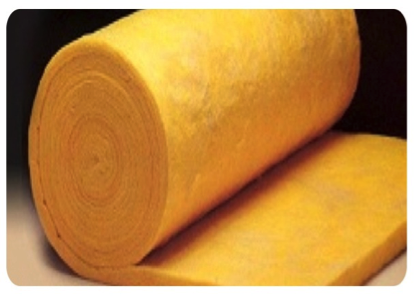 According to its usage aim and area glass wool can be produced in different dimensions and densities in the shape of blanket, board, pipe and bulk. It provides thermal, voice insulation and acoustical arrangemnet. It can be used up to 200 C. It is done by melting down the silica sand and having fibrous material out of melt basically. Fiber diameters are between 3-5 micrometers.
According to its usage aim and area glass wool can be produced in different dimensions and densities in the shape of blanket, board, pipe and bulk. It provides thermal, voice insulation and acoustical arrangemnet. It can be used up to 200 C. It is done by melting down the silica sand and having fibrous material out of melt basically. Fiber diameters are between 3-5 micrometers.
Resistance to Temperature and Flammability
This changes whether the material has organic binder (yellow) or not(White). Material with binder is used up to 250 Co. After that temperature organic moiety of the binder starts to burn and smoke appears with annoying odor. Thus binding capability disappears. If temperature reaches 500-550 Co binder totally disappears and the color turns into white.
Mechanical Properties
MEchanical properties such as tensile strength, compressive strength are changes with the density of the material. Compressive strength of batt type glass wool is insufficiently low for an insulation material.
Resistance to Water
Glass fibers do not get wet. However the physical space between fibers is filled with 99% air. Thus in case material is in contact with water directly or indirectly (condensation), these air spaces fil lup with water. Wetting of glass wool affects thermal insulation properties negatively.
Resistance to Chemicals
Generally glass wool can stand all types of acids. However long terms exposure to hydroflouric acid (HF) affects glass wool.
Vapor Diffusion
Vapor Diffusion Coeeficient of glass wool is around 1,2 thus it allows water vapor passage. Thus for the applications ( for condensation contol at colling pipes etc. )where vapor is not wanted to be diffused, hotter side should be sealed with a vapor barrier. (aluminum-mylar foil, PVC, Polyethylene etc.)